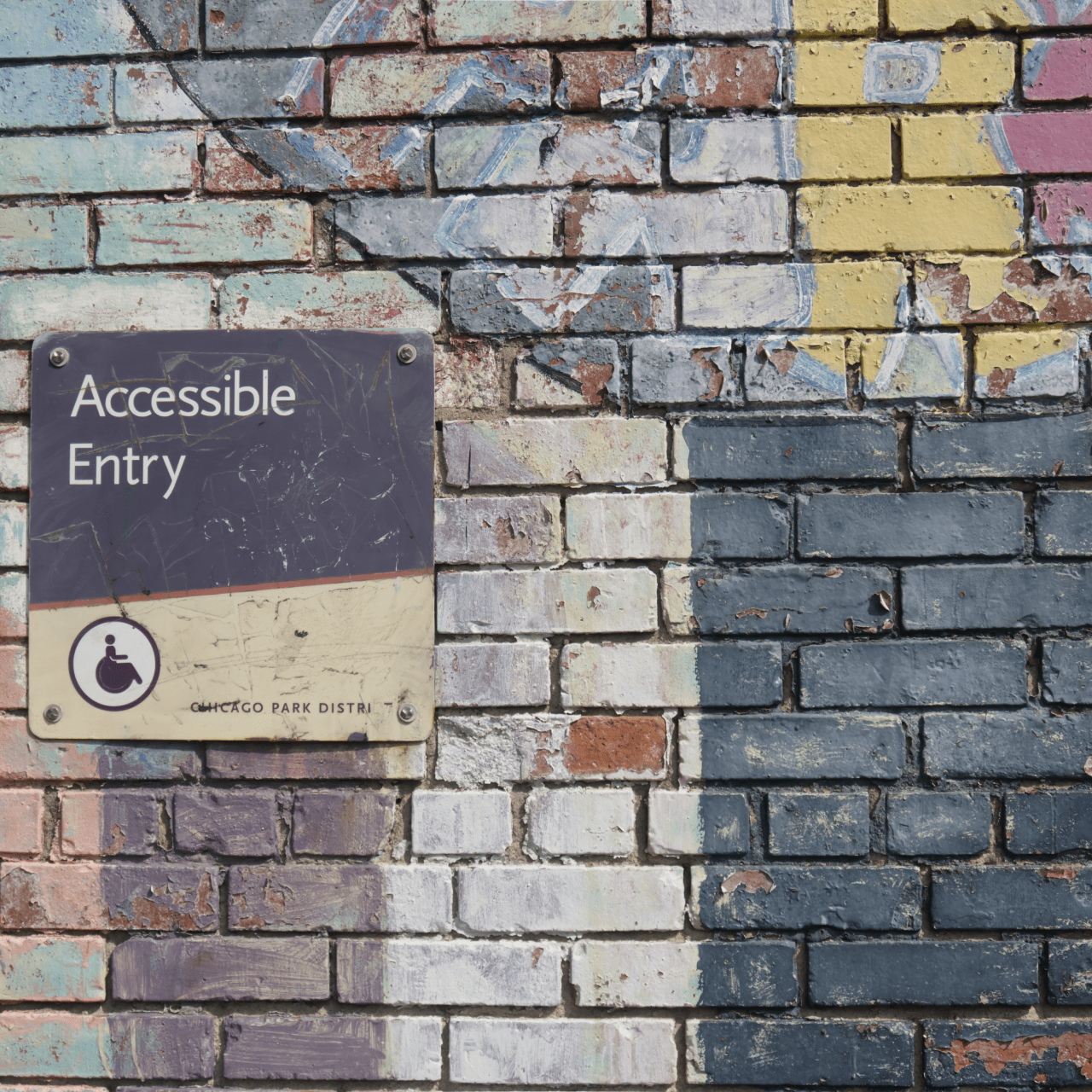How do real people respond to new products and experiences? How do they express themselves when they are stuck, or confused? What do they like or dislike? Are there any areas of improvement? These are precisely the questions we hope to answer when we are doing User Research.
Just like the fine line that exists between Design and Art, human perceptions and reality also has stark differentiators. When we start doing User Research with a set goal in mind we must adhere mostly to user perceptions rather than dousing the participants with facts, and more facts. As a keeper of user stories and insights, it is our responsibility as researchers to be sensitive to thoughts and feelings of the participants rather than extracting only what we need from them. Therefore, conventional methodologies aren’t always the way to go when we are out to understand the user’s emotions. Creative ways are impactful while being sensitive and unimposing
For this the first step is to define the type of User research we are out to conduct; Is it qualitative or quantitative? Is it attitudinal or behavioral? Generative or evaluative? Basically get a clear understanding of the problem you are out to solve! This will not only help define your research methodology but also help you apply creative solutions.
Once we have determined the kind of user research we have in mind, and the appropriate time for it in the product life cycle, we can now focus on a plan to get the best outputs.
Pro tip: Always get your user research methodology approved by the business stakeholders and then create a research guide which defines the process step by step.
It should include your introductions, interview scripts and full list of action items for the user interview
Pro tip 1
Now comes the fun part! We will start conducting our sessions with our users either one on one, in focus groups, or over written communication. Here too the goal will be to receive new perspectives while validating our assumptions.
Don’t worry if you get a feeling that your user is not fully aware of the reasons behind their choices. Often humans make choices, behave or react in certain ways because of past experiences and resulting prejudices embedded in unconscious minds and not because of clear conscious reasoning. This is precisely where creative thinking will help you.
My top choices for trying out of the box methods for evaluative and generative research are
- Experience Drawing
- Using random image card sorting
- Storytelling
- Interactive Workshops
Pro tip: We must prepare our user research participants before starting.
Asking them to record their habits/feelings/connected to the experience or product for a couple of days before the research.
Pro tip 2
Let us consider that we are building a (fictitious) wealth management platform on which users can take a decision to invest in mutual funds, buy bonds/gold and track their income vs expenditure. Suppose you are out to understand the behaviour of the user personas of this platform. Let me now use these methods in the context of this product.
- Experience Drawing: This is one of my favorite methods for tapping into the unconscious mind of the participant. In a recorded session(preferably one to one), you can give them some drawing tools and ask them to visualize their experience and thoughts in a free form manner in the context of investing in mutual fund online, tracking their expenditures or buying a gold bond. Once they are done, we invite them to describe their creations and thinking process while being careful about not asking too many questions or interrupting. What have they drawn? Can you understand anything about their decision making and the factors influencing them?
- Using Random image card sorting: We can conduct a workshop with the participant where we give them cards with words or random objects drawn on them(relevant to the product/experience), and ask them to arrange in a way that makes sense to them.There should not be any set criteria to the card sorting process, the goal is again to tap into the unconscious mind. So ask them to explain their actions once they are done.

- Storytelling: Give the user some key words connected to the product/experience and ask them to create a story out of it. For example, you can give words like mutual fund, investment, tax saving. There can be a single character/couple of characters in it(totally depending on the participant’s imagination) They may write it down for you. Once they are done you can go through the story and ask them to explain the character’s motivations and actions. You can take your notes and observations.
- Interactive workshops: Give your participants tools like paper, scissors, cardboard or velcro and ask them to create their own product. In the case of digital experiences, ask them to draw some screens. For example, design some screens for an ideal wealth management app, what features would you like to see in this app, what are your favorite features? Encourage them to ask questions to us while they are building something together! Remember to be careful about being neutral and respectful!
Pro tip: Always do a debriefing session once the research is over. This will help you remember small details and record important insights.
Pro tip 3
Now these experimental methods are just a couple of examples of applying creative thinking. It is completely up to the researcher the path they wish to take. Remember that conventional methods are always there, however these alternatives can help get more information based on the core objective and type of research.
P.S. This is a Guest Post by Shimanti Banerjee, If you’ve interesting insights to share & want to be a Guest Author, you can know more here.








